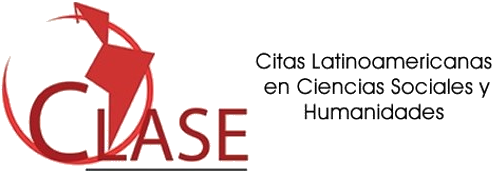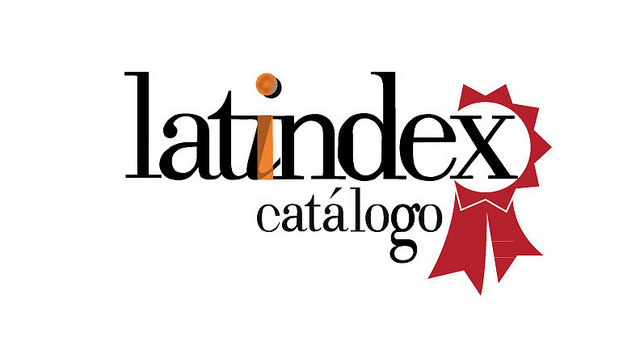An Ethnography Of The Migrant Route: Los Caminantes On The Coastal Highway Of Chiapas, Mexico
DOI:
https://doi.org/10.29340/en.v8n15.401Keywords:
ethnography, migration in transit, caminantes, southern border of Mexico, human mobilityAbstract
Every immigrant arriving to the Soconusco region of Chiapas, Mexico, has a different experience. While some decide to wait in the city of Tapachula while they file a petition for asylum or refugee status, others advance on foot down the coastal highway, where they face inclement weather and harassment by state police, National Guard, agents from the National Migration Institute, prosecutors, and non-state actors. The situation is constantly evolving. This article analyzes these caminantes, the types of transit they choose, the role of information, and the experience they accumulate on their journey that will serve as a guide for “others.” The migration economy that has sprung up around these migrant routes through the region is another focus of the article. The findings stem from ethnographic observation and interviews with the caminantes and local residents completed from 2022 to the beginning of 2024 in an area extending from the Suchiate River to Arriaga in the state of Chiapas.
Downloads
References
ACNUR (2020). Situación en Venezuela. Informe del Alto Comisionado de la Organización de las Naciones Unidas para los Refugiados. https://www.acnur.org/situacion-en-venezuela.html
Appadurai, Arjun (1999). Modernity at Large: Cultural Dimensions of Globalization. Minneapolis: University of Minnessota Press.
Bauman, Zigmunt (2013). Miedo líquido. La sociedad contemporánea y sus temores. México: Paidós.
Garrapa, Ana Mary y Abbdel Camargo Martínez (2021). “Gobierno pandémico de las fronteras y las movilidades. Realidades comparadas a nivel internacional”, (Trans)Fronteriza. Boletín del Grupo de Trabajo Fronteras: Movilidades, Identidades y Comercios. Buenos Aires: CLACSO. Disponible en: https://www.clacso.org/boletin-11-transfronteriza/
García, María del Carmen (2019). Violencia y globalización. Reflexiones marginales desde el sur de México y Centroamérica. México: CONACYT/UNICACH/Juan Pablos.
Harvey, David (2005). Espacios de esperanza. Madrid: Akal.
Kovic, Christine y Patty Kelly (2017). “Migrant Bodies as Targets of Security Policies: Central Americans Crossing Mexico’s Vertical Border”, Dialectical Anthropology, 41(1), pp. 1-11.
Mazuera-Arias, Rina, Carmen Vivas-Franco, Jesús Gerardo Díaz y Neida Albornoz-Arias (2022). Informe de movilidad humana venezolana VII. Caminantes en retorno: trabajo y ocupación (1º de agosto al 30 de septiembre 2022). San Cristóbal: Observatorio de Investigaciones Sociales en Frontera (ODISEF).
Morffe Pereza, Miguel Ángel (2022). “Desencuentros y conflictos en la dinámica de la frontera colombo-venezolana”, Aldea Mundo. Revista sobre Fronteras e Integración Regional, año 27, núm. 53.
Parrini Roses, Rodrigo y Edith Flores Pérez (2018). “El mapa son los otros: narrativas de viaje de migrantes centroamericanos en la frontera sur de México”, Íconos. Revista de Ciencias Sociales, 61, pp. 71-90.
Porraz Gómez, Iván Francisco (2023). “Las y los guías en el espacio de tránsito Centroamericano: entre el apoyo y el estigma, Chiapas Paralelo. San Cristóbal de las Casas: El Colegio de la Frontera Sur/CONAHCYT.
Rojas, Martha Luz y Hugo Ángeles (2023). Diagnóstico de la dinámica económica, social y demográfica, con énfasis en la movilidad humana en la región del Soconusco, Chiapas, México, y en los municipios estrictamente fronterizos. Ciudad de México: CEPAL.
Téllez Cáceres, Magda Viviana (2023). “Configuraciones culturales producidas a través de la experiencia de movilidad forzada de mujeres jóvenes en dos territorios transfronterizos latinoamericanos”. Tesis de maestría en Ciencias en Recursos Naturales y Desarrollo Rural. San Cristóbal de las Casas: El Colegio de la Frontera Sur.
Valenzuela Arce, José Manuel (2009). El futuro ya fue, socio-antropología de los jóvenes en la modernidad. México: COLEF/Casa Juan Pablos.
Vargas León, Lady Yunek (2023). “Migración venezolana: los ‘caminantes’ hacia el sur de América Latina”, Revista Cuadernos do CEOM, Chapecó (SC), 36 (58), pp. 59-74.

Downloads
Published
Issue
Section
License
Copyright (c) 2025 Encartes

This work is licensed under a Creative Commons Attribution-NonCommercial 4.0 International License.
Aviso de derechos de autor
- Los autores/as conservan los derechos de autor y ceden a la revista el derecho a la primera publicación con el trabajo registrado con la licencia de atribución Creative Commons, que permite a terceros utilizar lo publicado siempre que mencionen la autoría del trabajo y a la primera publicación en esta revista
- Los autores/as pueden realizar otros acuerdos contractuales independientes y adicionales para la distribución no exclusiva de la versión del artículo publicado en esta revista (por ej. Incluirlo en un repositorio institucional o publicarlo en un libro) siempre que indiquen claramente que el trabajo se publicó por primera vez en esta revista.
El material puede ser copiado, distribuido, comunicado, ejecutado públicamente. Se pueden hacer obras derivadas de él. No se puede utilizar para fines comerciales. Se debe reconocer y citar la obra de la forma en que tú especifiques.









